New Book Explores & Expands the World of Farmhouse Brewing
When craft beer fans hear the term “farmhouse ale,” we usually think of Belgian Saison and French Bière de Garde. A new book by Norwegian author Lars Marius Garshol expands our understanding of farmhouse brewing traditions. Historical Brewing Techniques: The Lost Art of Farmhouse Brewing (Brewers Publications, 2020) digs into the history and variety of farmhouse ales throughout Scandinavia and the Baltic region.
Garshol has been one of the preeminent voices in bringing traditional Nordic and Baltic farmhouse beer styles to popular attention over the last few years. Through his blog, Garshol has been instrumental in expanding our definition of what beer even is. No hops? No boil? Baking the mash in an oven? Pitching kveik (traditional Norwegian brewing yeast) at more than 100° Fahrenheit? Many of the traditional techniques Garshol brings to light from small brewing enclaves throughout northern Europe fly in the face of what we understand beer to be. The world of brewing is much bigger than we thought.
Just Scratching the Surface
At over 350 pages, Historical Brewing Techniques provides a wealth of information for anyone seeking to understand these traditional beer styles and brewing techniques. The book is also extensively illustrated with full color photographs and helpful graphics to summarize information. Garshol told me he barely scratched the surface of the information available on these topics, however.
“If you look at any individual subject, you’ll see it’s covered very briefly, just giving the highlights,” said Garshol. “There’s so much more to say on every aspect that the book covers. I felt it was important to reach a fairly wide audience within the community.”
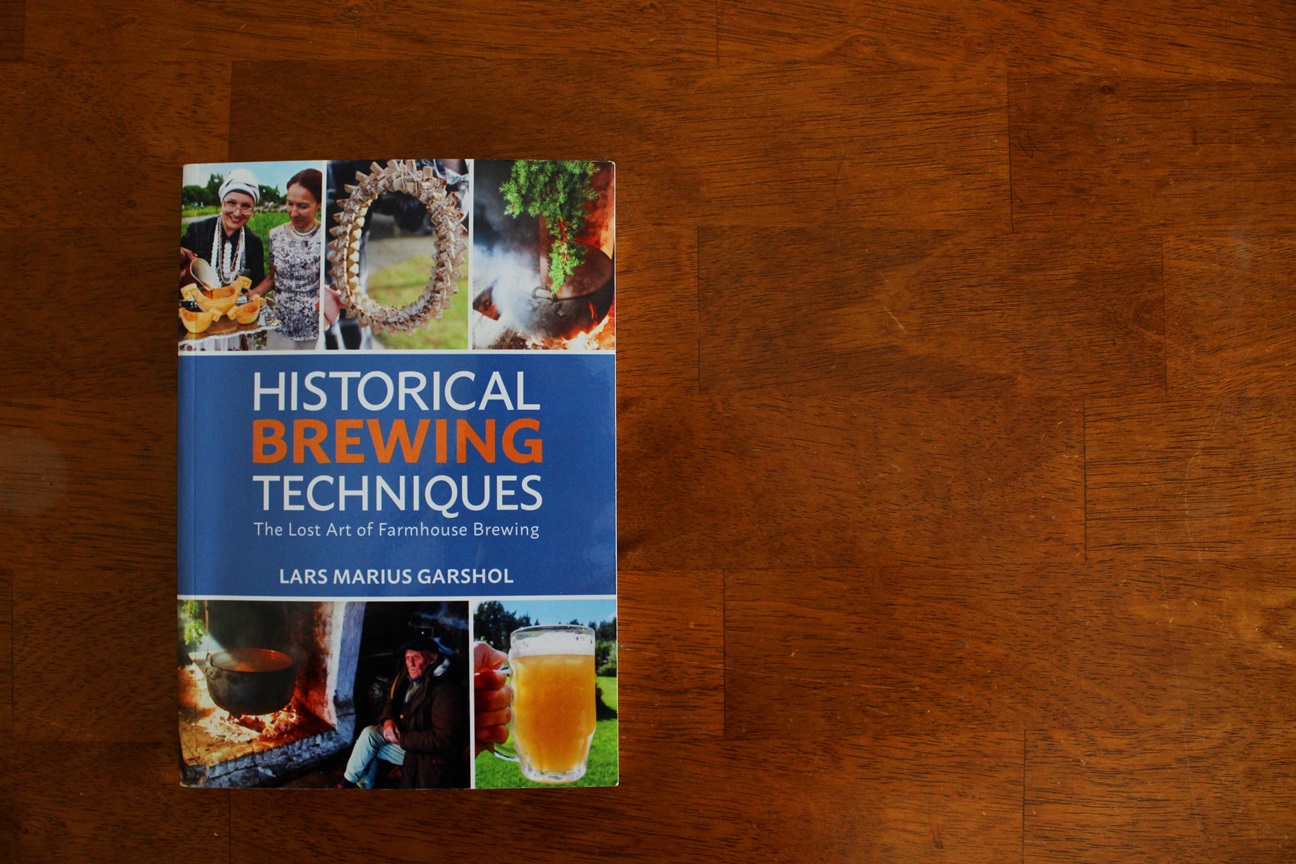
Don’t let that fool you though. Garshol’s book still offers a wealth of information for newcomers to traditional Nordic and Baltic beer. In addition to looking at the history of farmhouse brewing in Norway, Finland, Lithuania, Estonia, and elsewhere, Garshol gives an extensive overview of the unique ingredients and processes used in these beers. The book explores various traditional methods for malting grain and smoking malt, and of course discusses Norwegian kveik yeast that has been growing in popularity with U.S. brewers. Information is also provided on ingredients like juniper and other foraged botanicals. The final section of the book contains numerous homebrewing recipes from seasoned farmhouse brewers throughout northern Europe.
Preserving Traditions
One reason Garshol wanted this book to reach a wide audience was to breathe new life into these traditions in their homelands by raising curiosity within the international beer community. In some places, these living traditions are holding on by a thread and are at risk of disappearing entirely.
“Traditional brewing in western Norway, and also in places like Latvia and Lithuania, has not had a high status locally,” explained Garshol. “It’s been seen by many as strange and old-fashioned. So I’m hoping once the locals discover that foreigners admire their brewing culture, they will understand the value that it actually has. My hope is that if we can raise the status of the beer, make it something that the brewers and the community are proud of, then it will survive.”
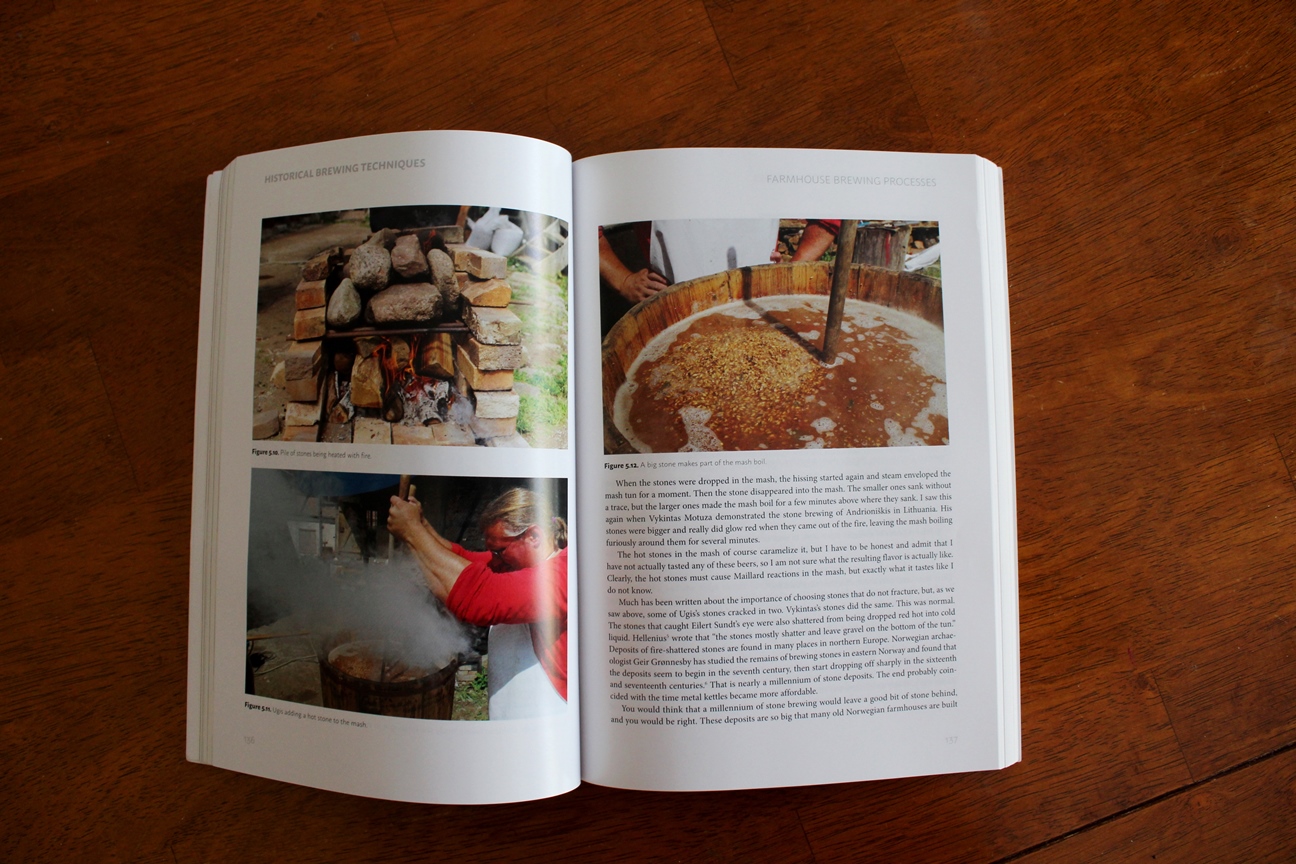
It might seem natural for Garshol to feel protective of his region’s traditions, especially as American craft brewers adopt many of these historical styles, ingredients, and techniques. Instead, that international interest is a large part of why he’s doing this.
“I’ve been blogging about these methods, and also writing the book, in hopes of inspiring people abroad to use these ingredients and methods,” he said. “So I’m very happy when people use kveik, try to make kornøl, use juniper, and so on.”
While some regions haven’t yet recognized the interest their traditions hold for many beer fans in the international community, Garshol said he is starting to notice progress in some places.
“I see people in western Norway starting businesses around farmhouse ale tourism, for example,” he explained. “In Voss, people tell me that now you hear people saying things like, ‘My grandpa was a brewer, and his beer had a great reputation.’ You never heard that kind of thing before.”
Unexpected Flavors
So what do these traditional farmhouse ales taste like? That varies from country to country and even farm to farm, but Garshol says there are a few characteristics that American drinkers who get the chance to try these should be aware of.
“I think the first thing that would strike them is that the beer has barely any carbonation,” he explained. “That’s been a major barrier for people to get over, and I think it’s kept many people from seeing these beers for what they are. They’re actually very similar to English cask ale in this regard. Americans would also be struck by the total absence of West Coast hops, and the fact that nobody ever uses really dark, roasty malts.”
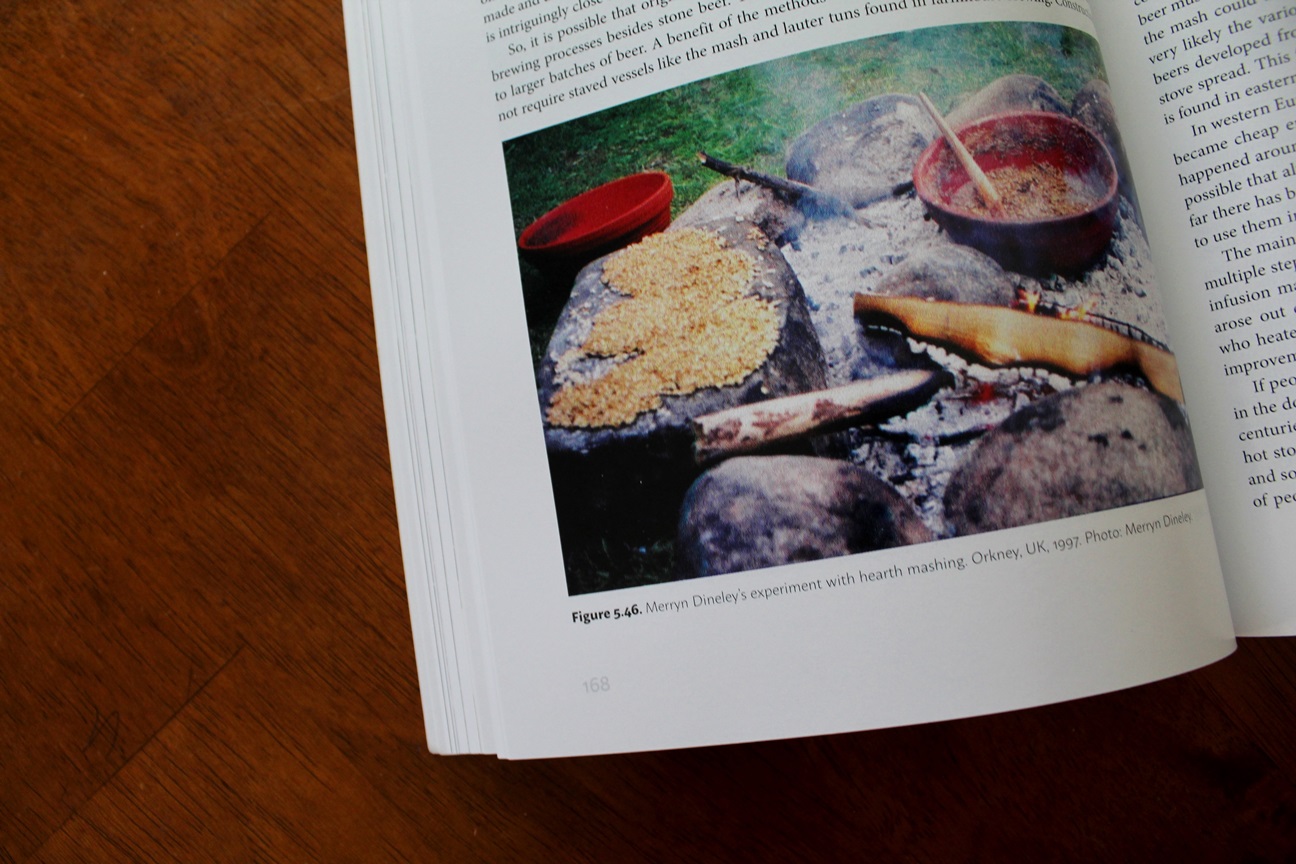
He also said the lack of funkiness and general yeast character in most of these beers will surprise people who are used to Saison and modern American “farmhouse” ales.
If you are fascinated by the history of brewing, want to challenge yourself as a homebrewer, or simply want to expand your understanding of the world of beer, check out Historical Brewing Techniques: The Lost Art of Farmhouse Brewing.


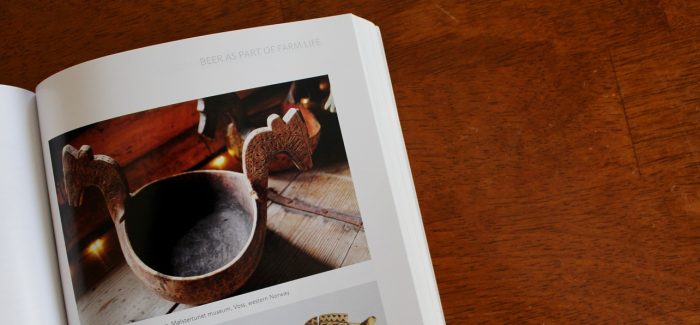

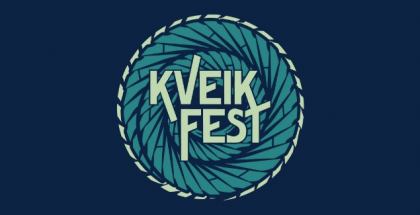
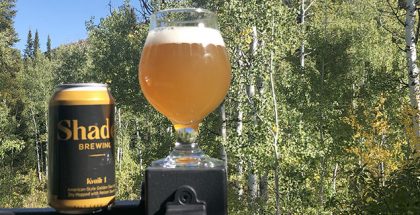

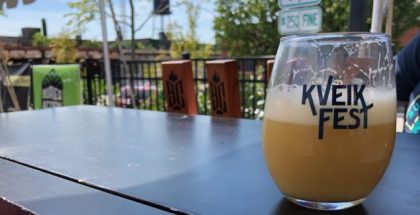
Submit a Comment